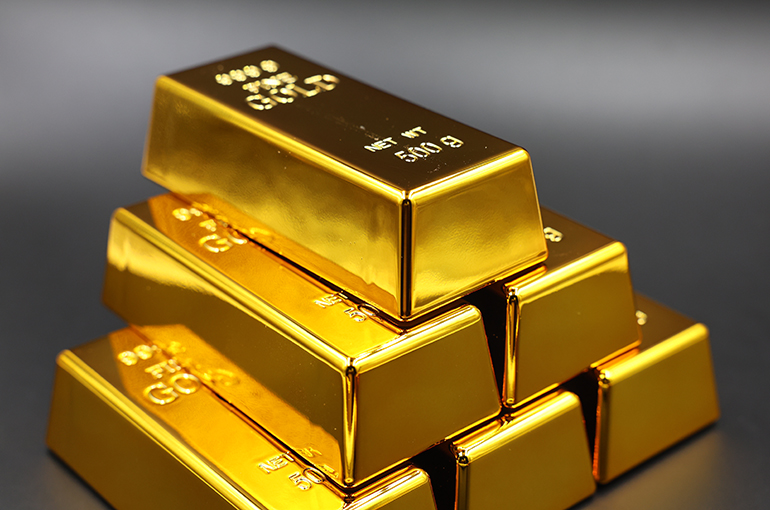 Gold's Bull Run Isn't Over, Analysts Say After Biggest Price Drop in 12 Years
Gold's Bull Run Isn't Over, Analysts Say After Biggest Price Drop in 12 Years(Yicai) Oct. 23 -- Gold suffered its biggest price drop in 12 years this week, but that does not mark the end of the precious metal's bull market, according to analysts who point to ongoing central bank buying, economic uncertainty, and the weakening US dollar as price supports.
After tumbling by as much as 6 percent on Oct. 21, the steepest single-day decline since April 2013, gold settled 5.3 percent lower at USD4,124.36 per ounce in international trading. As a result, Chinese gold futures expiring in December fell 4.2 percent to CNY952.56 (USD133.70) yesterday.
The plunge followed a record rally that saw gold prices climb by more than 25 percent in the past two months, reaching an all-time high of USD4,381.52 on Oct. 20.
The selloff was due to easing trade tensions and geopolitical issues, combined with a rebound in the US Dollar Index and profit-taking, according to market insiders.
Gold’s price swings may have been triggered by the progress toward a ceasefire agreement between Russia and Ukraine, a potential easing of tariff-related disruptions, expectations for an end to the US government shutdown, and the excessive short-term rise in gold, Pan Jun, an investment manager at Cheese Fund, told Yicai.
The short-term price drop after Oct. 20 can be attributed to two main reasons, said Li Qian, an investment advisor at Huiyan Zhitou Technology. The first is that the short-term surge in prices was excessive, calling for a technical correction. The second is that the potential resolution of the Russia-Ukraine conflict could exert a suppressive effect on gold prices.
Compared to that in 2011, this bull market is supported by factors such as significant purchases of the precious metal by global central banks, geopolitical uncertainties, and the weakening of the US dollar's credibility in a high-debt international environment, Pan noted.
The core logic supporting this rally has not changed, and gold prices are expected to continue to reach new highs in the medium to long term, despite the possibility of some short-term fluctuations, he predicted.
Gold's upward path is expected to continue into next year, mainly because of central bank buying, ongoing fiscal concerns in the United States, and anticipated further monetary easing, according to a recent commodity outlook published by HSBC Holdings. Europe's largest lender sees gold hitting USD5,000 next year.
Central banks are expected to keep buying the yellow metal, according to Li Mingyu, deputy director of Xinhu Futures Research Institute and senior gold investment analyst. This, coupled with abundant global liquidity and the irreversible and potential acceleration of 'de-dollarization,' will likely keep gold prices relatively strong, Li said.
The US Federal Reserve’s interest rate cuts and expectations for further easing will provide much support for gold, said Liu Tingyu, who manages the Yongying Gold Stock Exchange Traded Fund. More critically, accelerating global ‘de-dollarization’ along with concerns over the Fed’s independence and the US’ growing deficit are likely to bolster the metal's appeal as a safe-haven asset, Liu pointed out.
Editor: Futura Costaglione